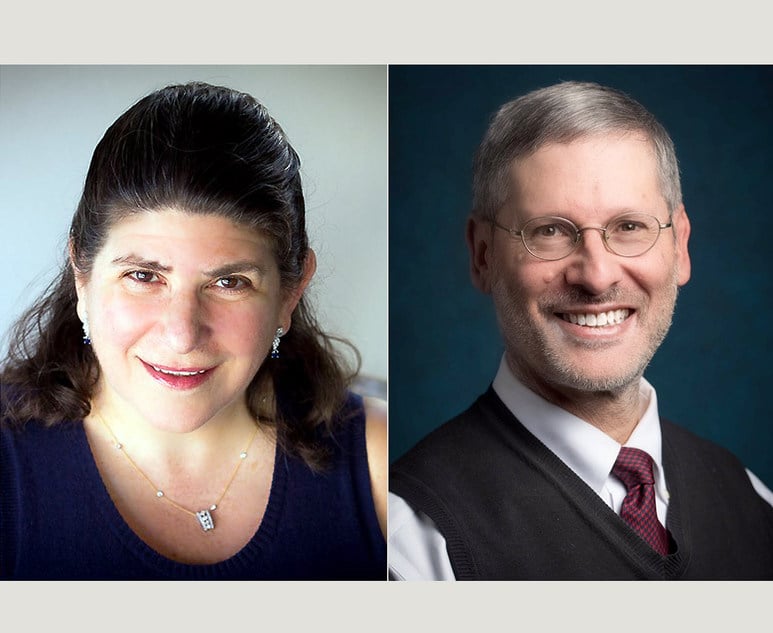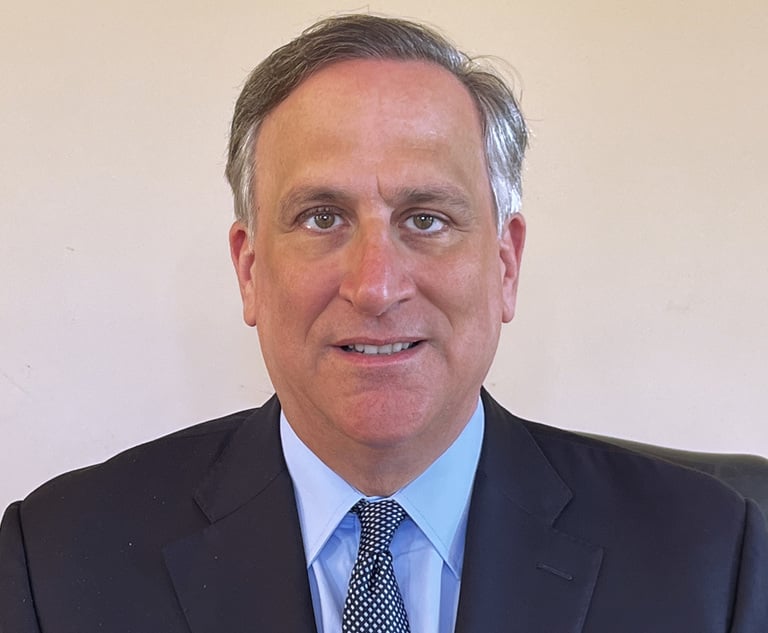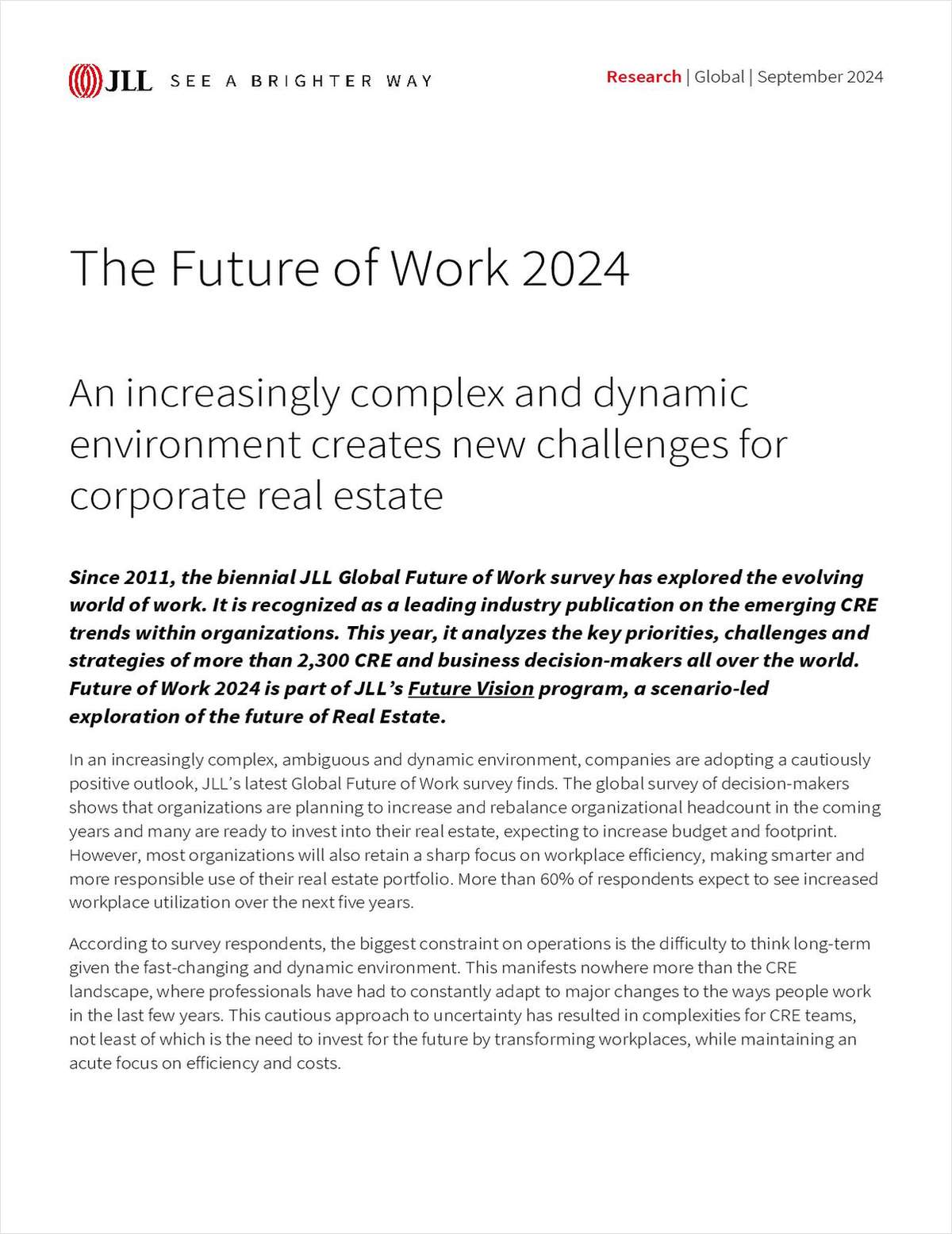 Former state Chief Disciplinary Counsel Mark Dubois. Courtesy photo
Former state Chief Disciplinary Counsel Mark Dubois. Courtesy photoTempis Fugit: Coming to Terms With Our Aging Profession
The average age among members of the bar is getting up there, and retiring lawyers are not being replaced.
January 23, 2020 at 04:18 PM
4 minute read
As I wrote some time ago, most of my writing and speaking these days is going to be focused on and directed to the aging profession. Mike Bowler, statewide bar counsel, recently redid his chart showing the age of lawyers licensed in Connecticut, and it is reproduced below. There are two takeaways that we should be focusing on: One is that the average age of the bar is getting up there, and the other is that retiring lawyers are not being replaced.
As you can see, the age distribution used to be a bell-shaped curve with the 50s as the high point. Now it seems to be more of a wave form, with a peak moving from the 50s into the 60s. According to Mike, who keeps these stats along with myriad other administrivia related to the management of licensure issues, the number of lawyers who register every year continues to increase because the bar members practice and live longer.
The total number of lawyers who registered in 2019 was 39,967, compared to 39,658 in 2018. The registration number includes a few thousand inactive lawyers who have to register (e.g., retired, suspended and administratively suspended). The number of active lawyer registrations is 33,328, a bit greater than the active number from 2017, which was 32,994 (a difference of 334). About one-third of active bar members are 60 years old or older, and nearly two-thirds (61%) are 50 or older. More than 20,000 lawyers in Connecticut (20,386 to be precise) are at least 50!
That's very interesting, and may be related to economic insecurity, the lingering effects of the 2008 recession and the fact that many of us boomers really didn't do a great job of planning for the future. Though it may take a bit longer, eventually many will leave. That brings up the other—and perhaps more worrying—trend, which is that we are not seeing new folks added to the ranks at the rate they used to be.
The October swearing in has historically been the biggest of the year, representing May graduations and the June bar exam. It used to be 800 or so, though I remember years when the numbers were 1,000 or more. Two swearings in, morning and afternoon, were required because there wasn't space big enough in the Judicial Branch to handle the crowd. Last October's swearing in was 125. That's a reduction more than 85%.
Law school admissions seem to be holding nationally, with some even reporting a "Trump bump" of sorts. I believe that at least four marginal schools have closed and a couple of others may be on life support. So legal education seems to be holding its own, if not a growth industry. But where are the new law grads going? Probably to government, business and industry, where compliance and administration issues continue to become more complex. Navigating the shoals of insanely complex data and identity protection regulations, export controls, foreign subsidiary and tax regimes and personnel administration probably requires at least a law degree, but probably doesn't require bar membership, occupational tax, client security fund payments or mandatory CLE attendance. And these jobs are mostly nine-to-five.
All of this is happening in an environment where there are increasing unmet representation needs (the so-called justice gap) among a larger segment of society and ever more alternative service providers offering legal and legal-like services on new and often unregulated platforms. I'm not sure whether we should call this evolution, revolution or devolution, but those who inherit the profession from us boomers, who will leave in greater numbers in the next decade, are going to inherit a markedly different practice and profession.
Mark Dubois was Connecticut's first chief disciplinary counsel. He's on a leave from Geraghty & Bonnano of New London while he teaches at UConn Law. He can be reached at [email protected].
This content has been archived. It is available through our partners, LexisNexis® and Bloomberg Law.
To view this content, please continue to their sites.
Not a Lexis Subscriber?
Subscribe Now
Not a Bloomberg Law Subscriber?
Subscribe Now
NOT FOR REPRINT
© 2024 ALM Global, LLC, All Rights Reserved. Request academic re-use from www.copyright.com. All other uses, submit a request to [email protected]. For more information visit Asset & Logo Licensing.
You Might Like
View All
ADVANCE Act Offers Conn. Opportunity to Enhance Carbon-Free Energy and Improve Reliability With Advanced Nuclear Technologies

Trending Stories
- 1When Police Destroy Property, Is It a 'Taking'? Maybe So, Say Sotomayor, Gorsuch
- 2New York Top Court Says Clickwrap Assent Binds Plaintiff's Personal-Injury Claim to Arbitration in Uber Case
- 3'You Can’t Do a First Draft of Common Sense': Microsoft GC Jon Palmer Talks AI, Litigation, and Leadership
- 4About the Awards: Southeastern Legal Awards Q&A with Regional Managing Editor Michael Marciano
- 5Private Credit Boom: Miami’s Role as a Financial and Litigation Hub
Who Got The Work
Michael G. Bongiorno, Andrew Scott Dulberg and Elizabeth E. Driscoll from Wilmer Cutler Pickering Hale and Dorr have stepped in to represent Symbotic Inc., an A.I.-enabled technology platform that focuses on increasing supply chain efficiency, and other defendants in a pending shareholder derivative lawsuit. The case, filed Oct. 2 in Massachusetts District Court by the Brown Law Firm on behalf of Stephen Austen, accuses certain officers and directors of misleading investors in regard to Symbotic's potential for margin growth by failing to disclose that the company was not equipped to timely deploy its systems or manage expenses through project delays. The case, assigned to U.S. District Judge Nathaniel M. Gorton, is 1:24-cv-12522, Austen v. Cohen et al.
Who Got The Work
Edmund Polubinski and Marie Killmond of Davis Polk & Wardwell have entered appearances for data platform software development company MongoDB and other defendants in a pending shareholder derivative lawsuit. The action, filed Oct. 7 in New York Southern District Court by the Brown Law Firm, accuses the company's directors and/or officers of falsely expressing confidence in the company’s restructuring of its sales incentive plan and downplaying the severity of decreases in its upfront commitments. The case is 1:24-cv-07594, Roy v. Ittycheria et al.
Who Got The Work
Amy O. Bruchs and Kurt F. Ellison of Michael Best & Friedrich have entered appearances for Epic Systems Corp. in a pending employment discrimination lawsuit. The suit was filed Sept. 7 in Wisconsin Western District Court by Levine Eisberner LLC and Siri & Glimstad on behalf of a project manager who claims that he was wrongfully terminated after applying for a religious exemption to the defendant's COVID-19 vaccine mandate. The case, assigned to U.S. Magistrate Judge Anita Marie Boor, is 3:24-cv-00630, Secker, Nathan v. Epic Systems Corporation.
Who Got The Work
David X. Sullivan, Thomas J. Finn and Gregory A. Hall from McCarter & English have entered appearances for Sunrun Installation Services in a pending civil rights lawsuit. The complaint was filed Sept. 4 in Connecticut District Court by attorney Robert M. Berke on behalf of former employee George Edward Steins, who was arrested and charged with employing an unregistered home improvement salesperson. The complaint alleges that had Sunrun informed the Connecticut Department of Consumer Protection that the plaintiff's employment had ended in 2017 and that he no longer held Sunrun's home improvement contractor license, he would not have been hit with charges, which were dismissed in May 2024. The case, assigned to U.S. District Judge Jeffrey A. Meyer, is 3:24-cv-01423, Steins v. Sunrun, Inc. et al.
Who Got The Work
Greenberg Traurig shareholder Joshua L. Raskin has entered an appearance for boohoo.com UK Ltd. in a pending patent infringement lawsuit. The suit, filed Sept. 3 in Texas Eastern District Court by Rozier Hardt McDonough on behalf of Alto Dynamics, asserts five patents related to an online shopping platform. The case, assigned to U.S. District Judge Rodney Gilstrap, is 2:24-cv-00719, Alto Dynamics, LLC v. boohoo.com UK Limited.
Featured Firms
Law Offices of Gary Martin Hays & Associates, P.C.
(470) 294-1674
Law Offices of Mark E. Salomone
(857) 444-6468
Smith & Hassler
(713) 739-1250












